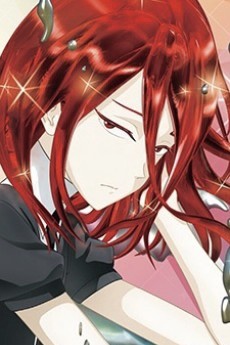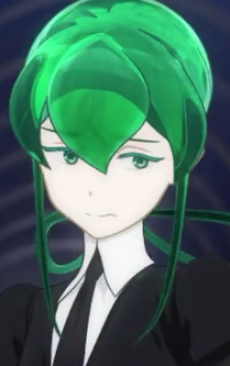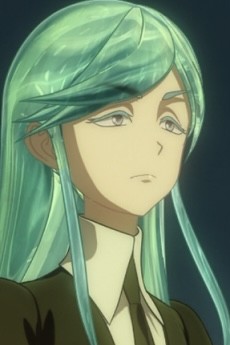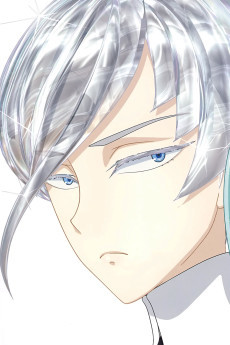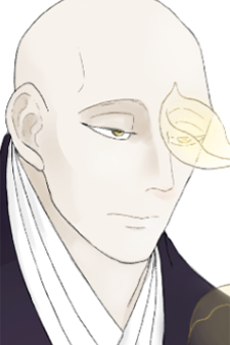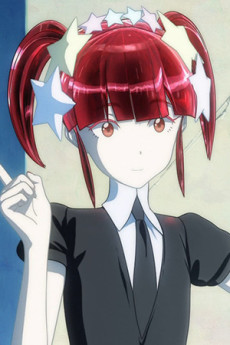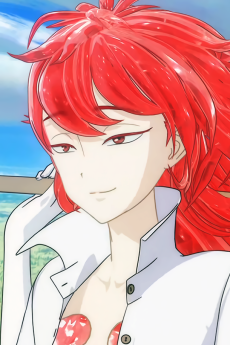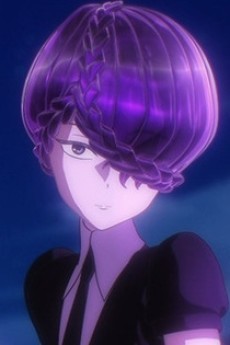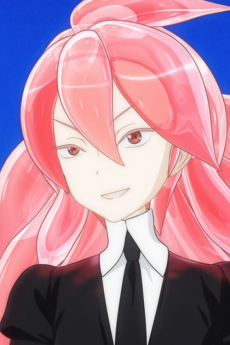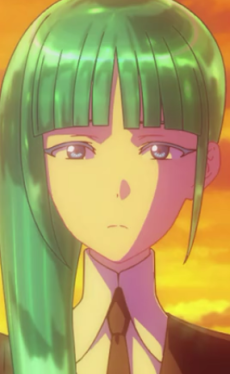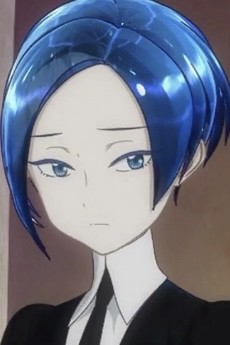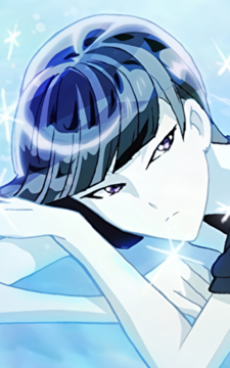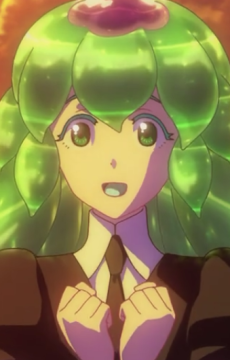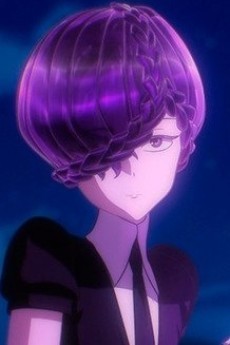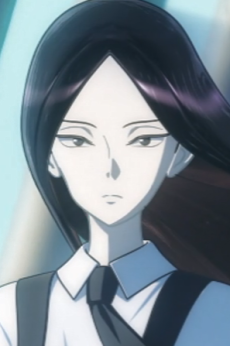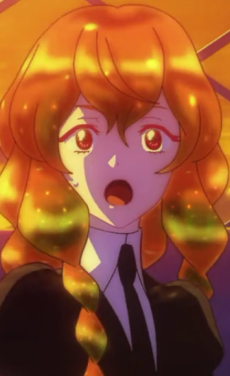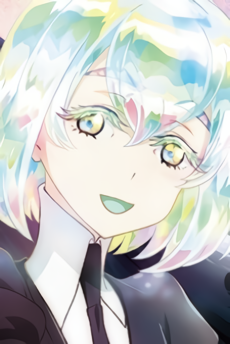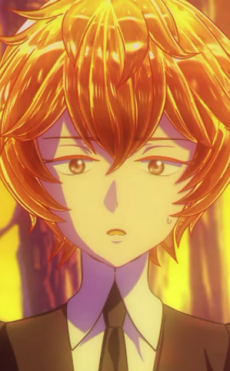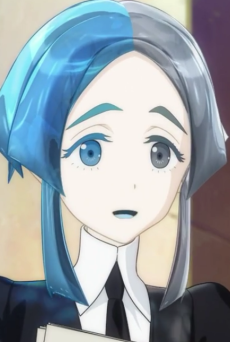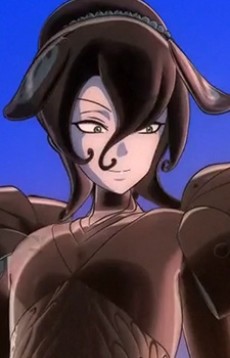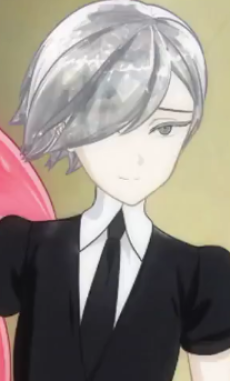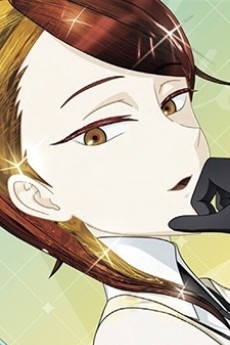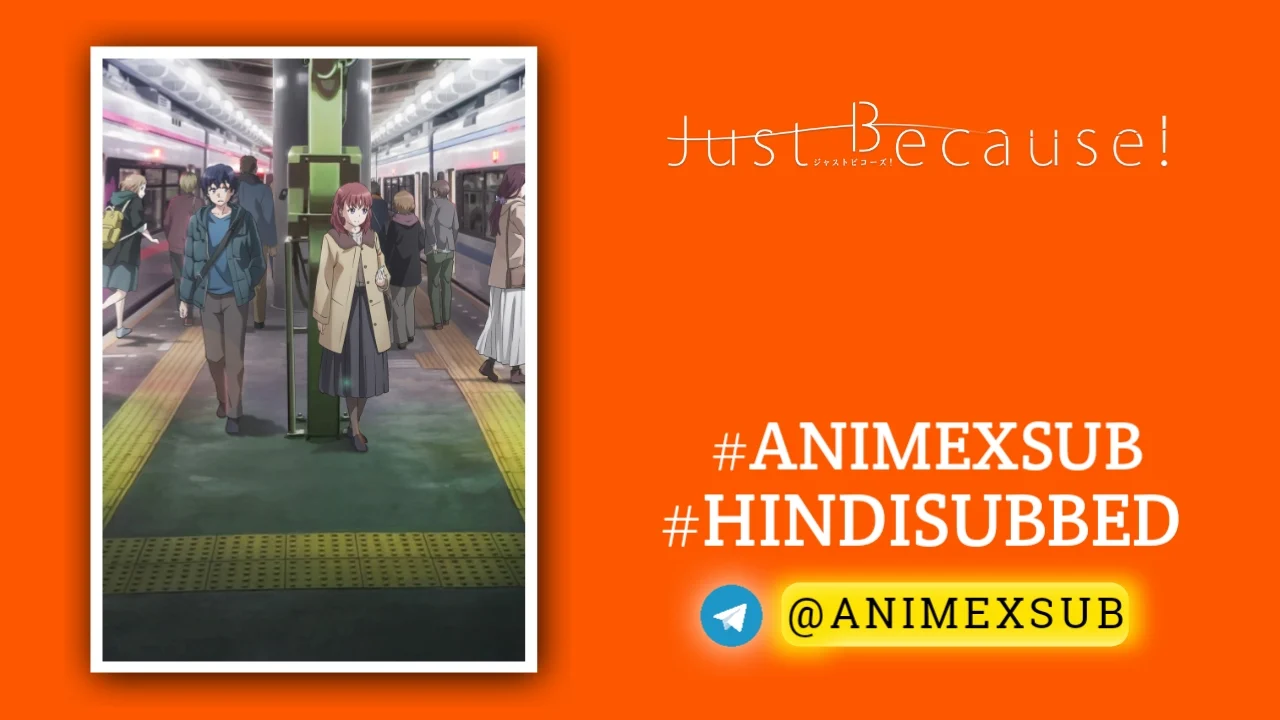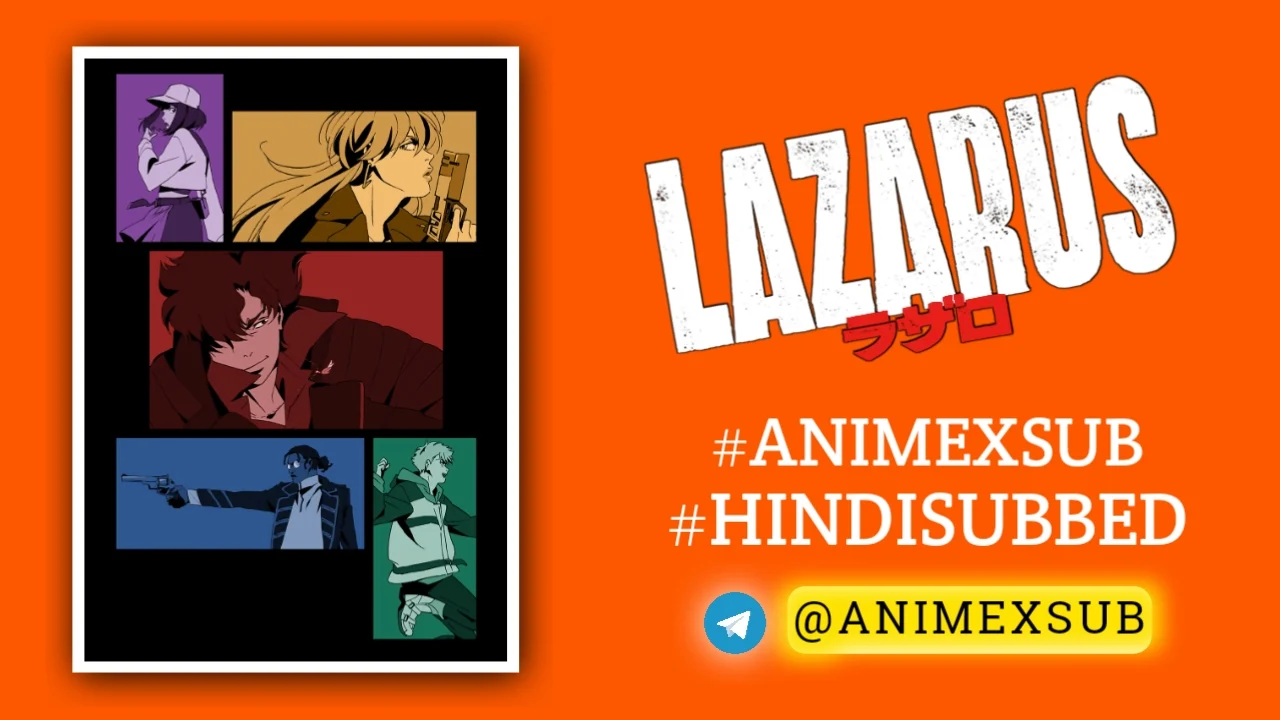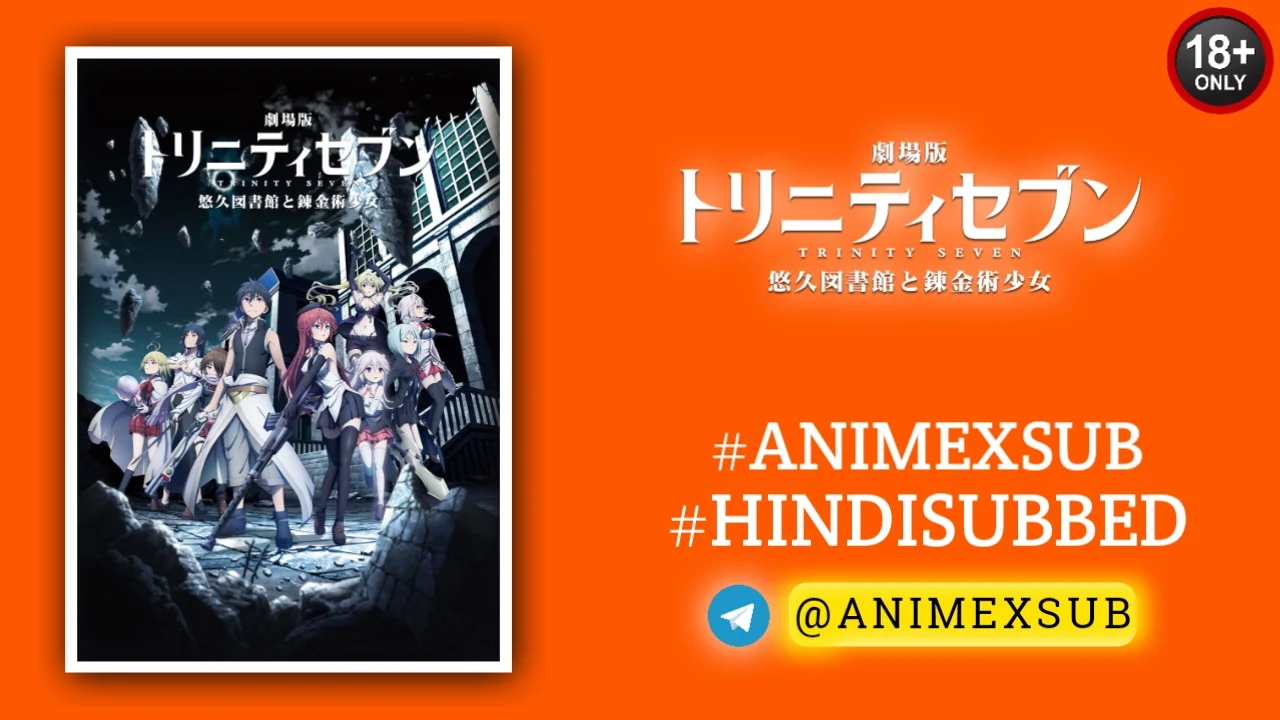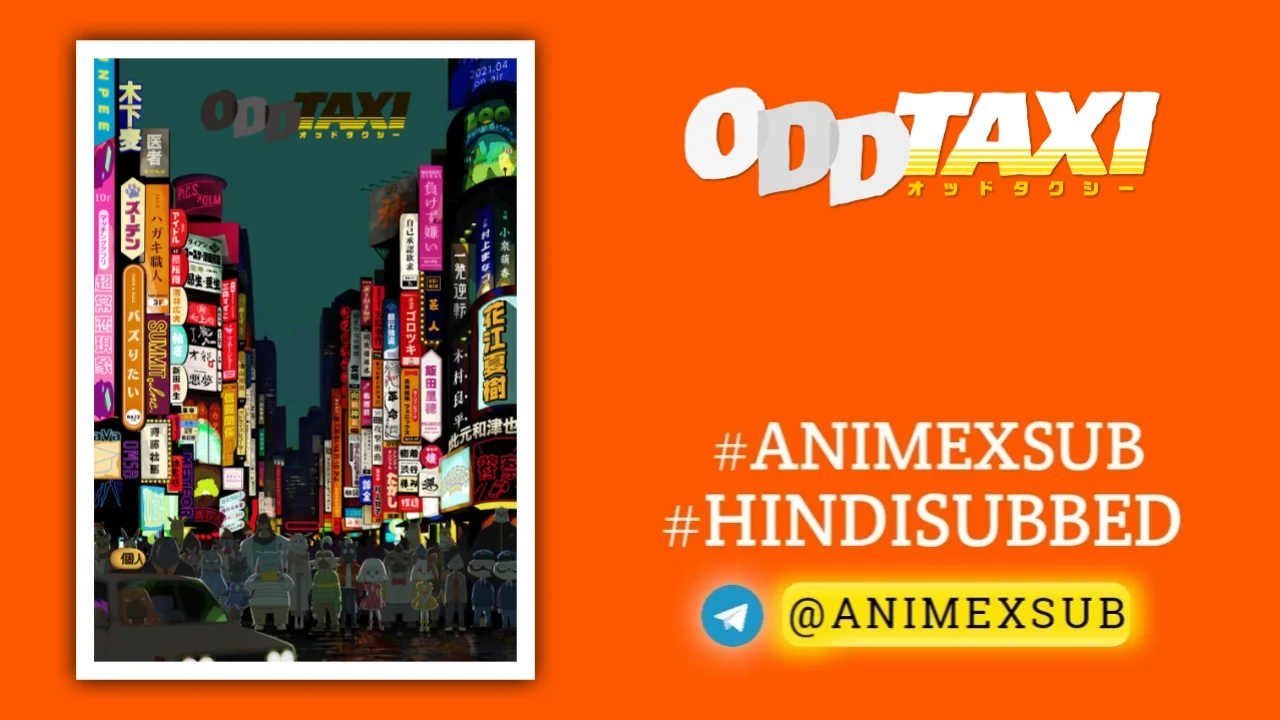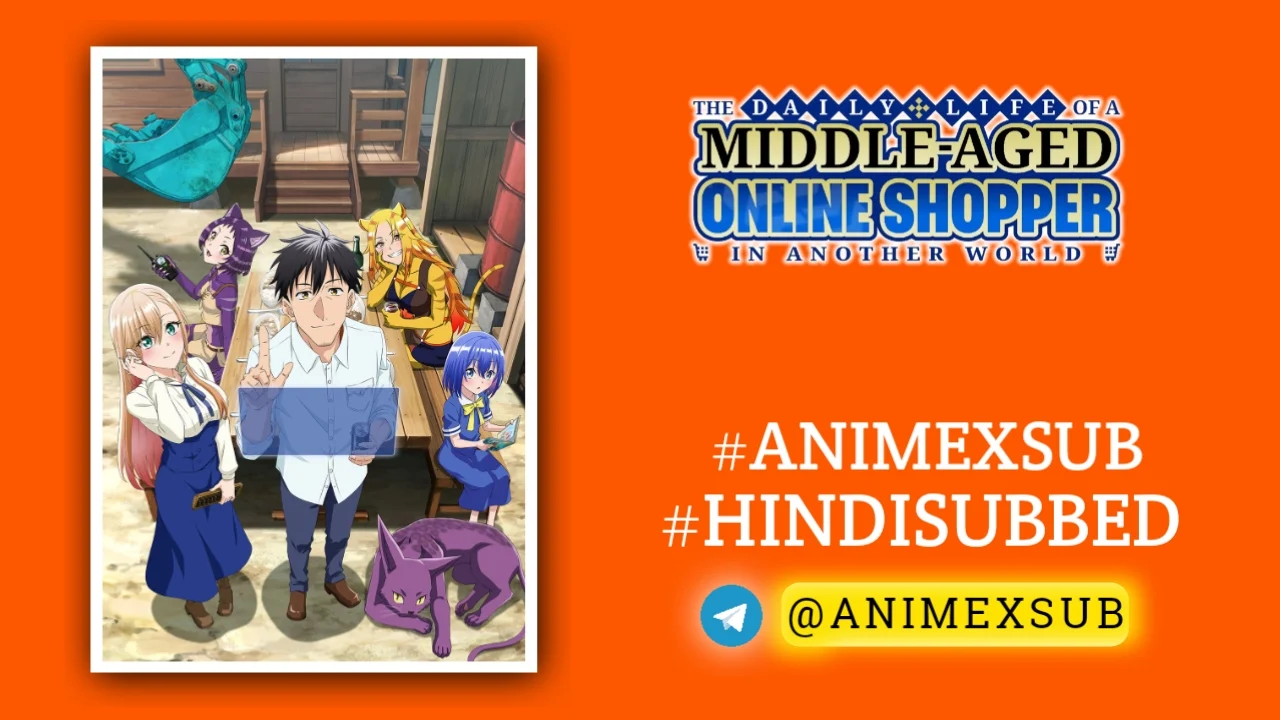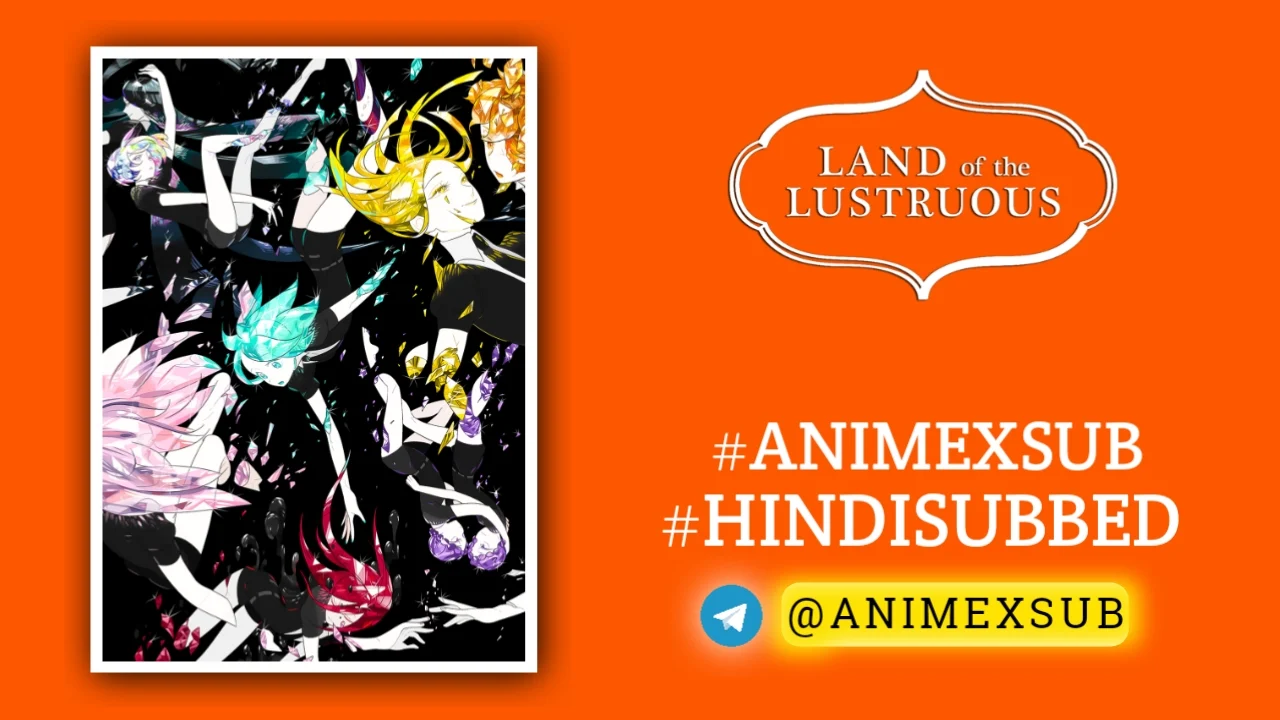
Land of the Lustrous Hindi Subbed [12/12] | Houseki no Kuni Hindi Sub!!

Houseki no Kuni
Land of the LustrousSynopsis
In the mysterious future, crystalline organisms called Gems inhabit a world that has been destroyed by six meteors. Each Gem is assigned a role in order to fight against the Lunarians, a species who attacks them in order to shatter their bodies and use them as decorations. Phosphophyllite, also known as Phos, is a young and fragile Gem who dreams of helping their friends in the war effort. Instead, they are told to compile an encyclopedia because of their delicate condition. After begrudgingly embarking on this task, Phos meets Cinnabar, an intelligent gem who has been relegated to patrolling the isolated island at night because of the corrosive poison their body creates. After seeing how unhappy Cinnabar is, Phos decides to find a role that both of the rejected Gems can enjoy. Houseki no Kuni follows Phos' efforts to be useful and protect their fellow Gems.
Watch Trailer
Characters
Land of the Lustrous Season 1: A Shimmering Masterpiece of Existential Brilliance
In the kaleidoscopic world of anime, where vibrant narratives and stunning visuals compete for attention, Land of the Lustrous (Hōseki no Kuni) Season 1, released in 2017, stands as a singular gem—a work of art that transcends conventional storytelling to deliver a profound, visually mesmerizing, and emotionally resonant experience. Adapted from Haruko Ichikawa’s manga and brought to life by Studio Orange’s groundbreaking 3D CGI, this 12-episode series is a bold exploration of identity, purpose, and the fragile beauty of existence. This review aims to illuminate why Land of the Lustrous is not just an anime but a transformative journey that redefines the medium’s potential.
A World Unlike Any Other
Set in a distant, post-apocalyptic future ravaged by six meteor strikes, Land of the Lustrous introduces us to a world where humanity has vanished, and the Earth is inhabited by the Lustrous—immortal, genderless beings embodying gemstones. These crystalline humanoids, led by their enigmatic teacher Kongo, face relentless attacks from the Lunarians, celestial beings who seek to harvest their bodies for decorative adornments. The narrative centers on Phosphophyllite, or “Phos,” a brittle gem with a hardness of 3.5, deemed too weak for battle and assigned the seemingly mundane task of compiling a natural history encyclopedia.
This premise alone sets Land of the Lustrous apart. The show’s worldbuilding is both alien and intimate, weaving a tapestry of surreal beauty and existential dread. The Lustrous’ crystalline bodies, which can be shattered but reassembled if fragments are recovered, serve as a metaphor for resilience and fragmentation of self. The Lunarians, with their ethereal, Buddhist-inspired designs, are not mere antagonists but enigmatic forces that raise questions about desire, value, and the cost of beauty. The single, grassy island where the Lustrous reside feels both idyllic and claustrophobic, a stage for both quiet introspection and visceral conflict.
A Visual Symphony in CGI
If Land of the Lustrous is a narrative triumph, it is equally a visual revolution. Studio Orange’s decision to use 3D CGI as the primary animation style was a gamble that paid off spectacularly. Unlike many anime that use CGI as a cost-cutting measure, Land of the Lustrous leverages it to enhance its aesthetic and thematic depth. The gems’ translucent bodies refract light in dazzling arrays, their movements fluid yet sharp, reflecting their mineral nature. The Lunarians’ attacks, with their otherworldly elegance, are choreographed like ballets of destruction, blending dynamic camera angles with a dreamlike quality that 2D animation could scarcely achieve.
The show’s color palette is a feast for the eyes, with vibrant greens, shimmering golds, and soft pastels creating a world that feels alive and pulsating. The environments—lush meadows, crystalline halls, and the ominous skies from which Lunarians descend—are rendered with meticulous detail. The series’ use of CGI also allows for innovative fight sequences, where the gems’ bodies crack, shatter, and reform in ways that are both horrifying and beautiful. This visual language not only complements the story but amplifies its themes of fragility and transformation.
The soundtrack, composed with haunting violins, pianos, and ethereal instrumentation, is a character in its own right. It underscores the show’s tonal shifts—from moments of levity to gut-wrenching tragedy—with precision, making every scene a sensory experience. The voice acting, led by Tomoyo Kurosawa’s heartfelt performance as Phos, brings emotional authenticity to these non-human characters, making their struggles universally relatable.
Phos: A Protagonist Who Shatters Expectations
At the heart of Land of the Lustrous is Phosphophyllite, a character whose journey is one of the most compelling in modern anime. Phos begins as a naive, boisterous gem, desperate to prove their worth despite their fragility. Their initial annoyance—stemming from a childlike impulsiveness—gradually gives way to profound growth, marked by loss, sacrifice, and self-discovery. Unlike traditional “hero’s journey” arcs, Phos’ transformation is not a straightforward ascent to strength but a painful reckoning with identity and purpose. Each change they undergo—whether physical, emotional, or psychological—comes at a steep cost, challenging the viewer to question what it means to “improve” oneself.
Phos’ relationship with Cinnabar, a toxic gem exiled to night patrols due to their corrosive nature, is the emotional core of the series. Their bond, rooted in shared feelings of inadequacy, is a poignant exploration of empathy and the desire to belong. While some reviews note the absence of explicit LGBTQ representation, the gems’ genderless nature and their complex relationships—like Rutile’s feelings for Padparadscha—offer a nuanced portrayal of identity that resonates with queer audiences. This ambiguity allows the show to transcend traditional gender narratives, focusing instead on universal human experiences.
Themes That Cut Deep
Land of the Lustrous is a meditation on existence, weaving Buddhist philosophy, existentialism, and the search for meaning into its narrative. The gems’ immortality is both a blessing and a curse, forcing them to confront questions of purpose in a world where death is not an escape. The Lunarians, with their cryptic motives, symbolize external pressures that chip away at one’s sense of self, while the gems’ ability to be reassembled reflects the human struggle to rebuild after trauma. The show’s exploration of body dysmorphia and societal expectations—particularly through Phos’ evolving relationship with their own form—strikes a chord with anyone who has felt at odds with their identity.
The series also delves into the tension between individuality and community. While the Lustrous operate as a collective under Kongo’s guidance, their individual desires and flaws create friction. Characters like Diamond, Bort, and Cinnabar each embody different facets of this struggle, from striving for perfection to grappling with isolation. The show’s refusal to provide easy answers—ending on a cliffhanger that leaves more questions than resolutions—mirrors the unresolved nature of these existential dilemmas.
A Flawed Gem?
No work is without flaws, and Land of the Lustrous is not immune to criticism. Some viewers find the pacing uneven, with early episodes focusing heavily on worldbuilding before the narrative accelerates in Episode 4. The large cast of over 20 gems can feel overwhelming, with some characters receiving minimal development beyond their defining traits. The open-ended conclusion, while thematically fitting, frustrates those seeking closure, especially given the lack of a confirmed second season. Additionally, while the CGI is a triumph, purists of 2D animation may find it jarring, and a few fight sequences suffer from visual clutter.
Yet, these imperfections are minor in the face of the show’s ambition. The deliberate pacing allows the world and characters to breathe, while the unresolved ending serves as an invitation to explore the manga, which continues Phos’ story in increasingly complex ways. The large cast, though sometimes underdeveloped, creates a sense of a living, interconnected society, and the CGI’s occasional flaws are overshadowed by its overall innovation.
A Legacy That Shines
Land of the Lustrous Season 1 is a rare achievement—an anime that dares to be different and succeeds on every level. Its critical acclaim, from being named one of the best anime of the 2010s by Polygon and Crunchyroll to winning the grand prize at the 45th Nihon SF Taisho Awards, underscores its impact. With over 1.8 million manga copies in circulation by 2018 and strong Blu-ray sales, the series has carved a niche despite its niche premise.
This is not just an anime for fans of action or fantasy but for anyone who craves stories that challenge, provoke, and inspire. It’s a reminder that animation can be a medium for profound philosophical inquiry, wrapped in a package of breathtaking beauty. Whether you’re drawn to Phos’ heartbreaking journey, the surreal worldbuilding, or the technical mastery of Studio Orange, Land of the Lustrous is a must-watch that will linger in your thoughts long after the credits roll.
Final Verdict: 9/10 – A radiant, revolutionary gem that shines brighter with every rewatch. For those hungry for more, the manga awaits on platforms like Bookwalker, but the anime alone is a journey worth taking.
Where to Watch: Available on Amazon Prime, VRV, and HiDive (for Australians). Check because.moe for regional streaming options.
Recommendation: If you enjoyed Haibane Renmei or Mushi-Shi for their introspective depth, or Violet Evergarden for its emotional and visual splendor, Land of the Lustrous will captivate you. Dive in, and let this crystalline world refract your perspective on anime.
Support Our Anime Community!
Love watching the latest anime? Help us keep uploading new episodes by join telegram channel ❤️
Join Now!
